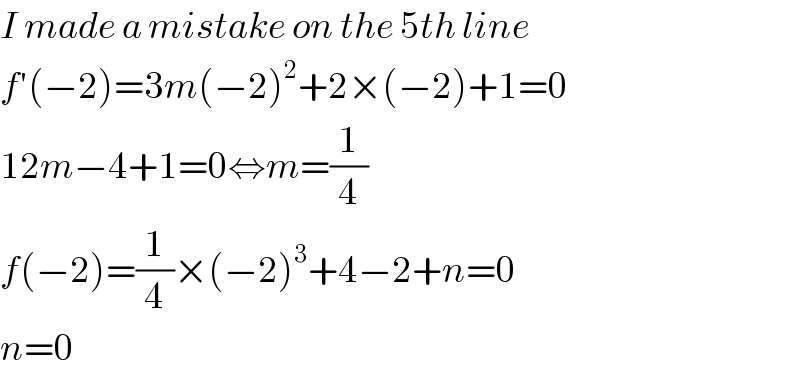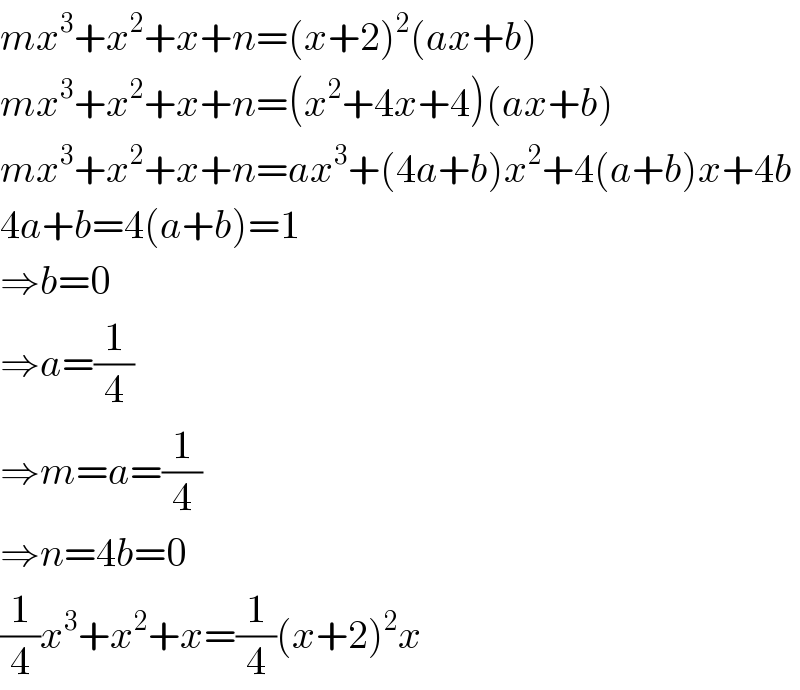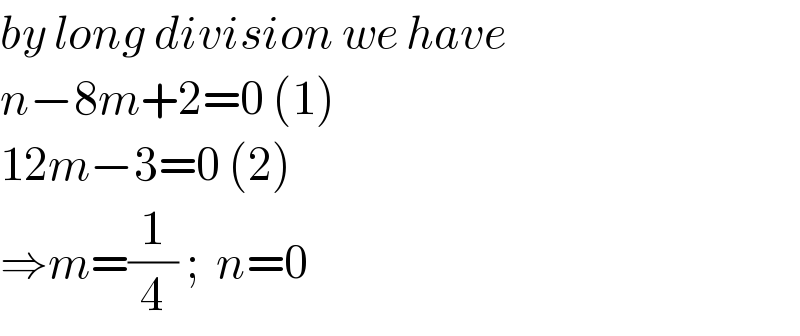
Question and Answers Forum
Question Number 57000 by pieroo last updated on 28/Mar/19

Commented by maxmathsup by imad last updated on 29/Mar/19

Answered by Smail last updated on 28/Mar/19

Commented by MJS last updated on 28/Mar/19

Commented by Smail last updated on 28/Mar/19

Answered by mr W last updated on 28/Mar/19

Commented by pete last updated on 29/Mar/19

Answered by malwaan last updated on 29/Mar/19

